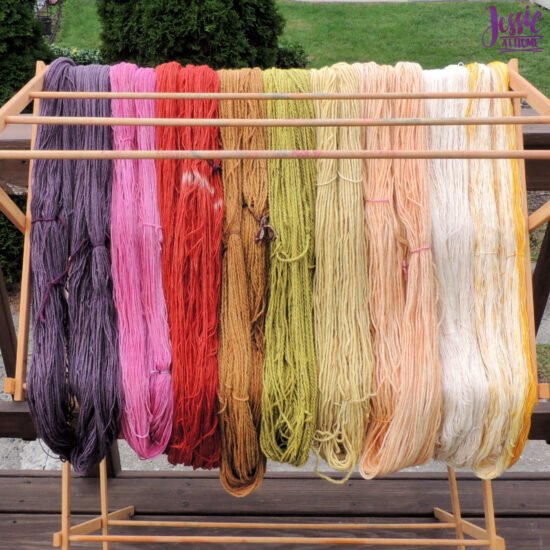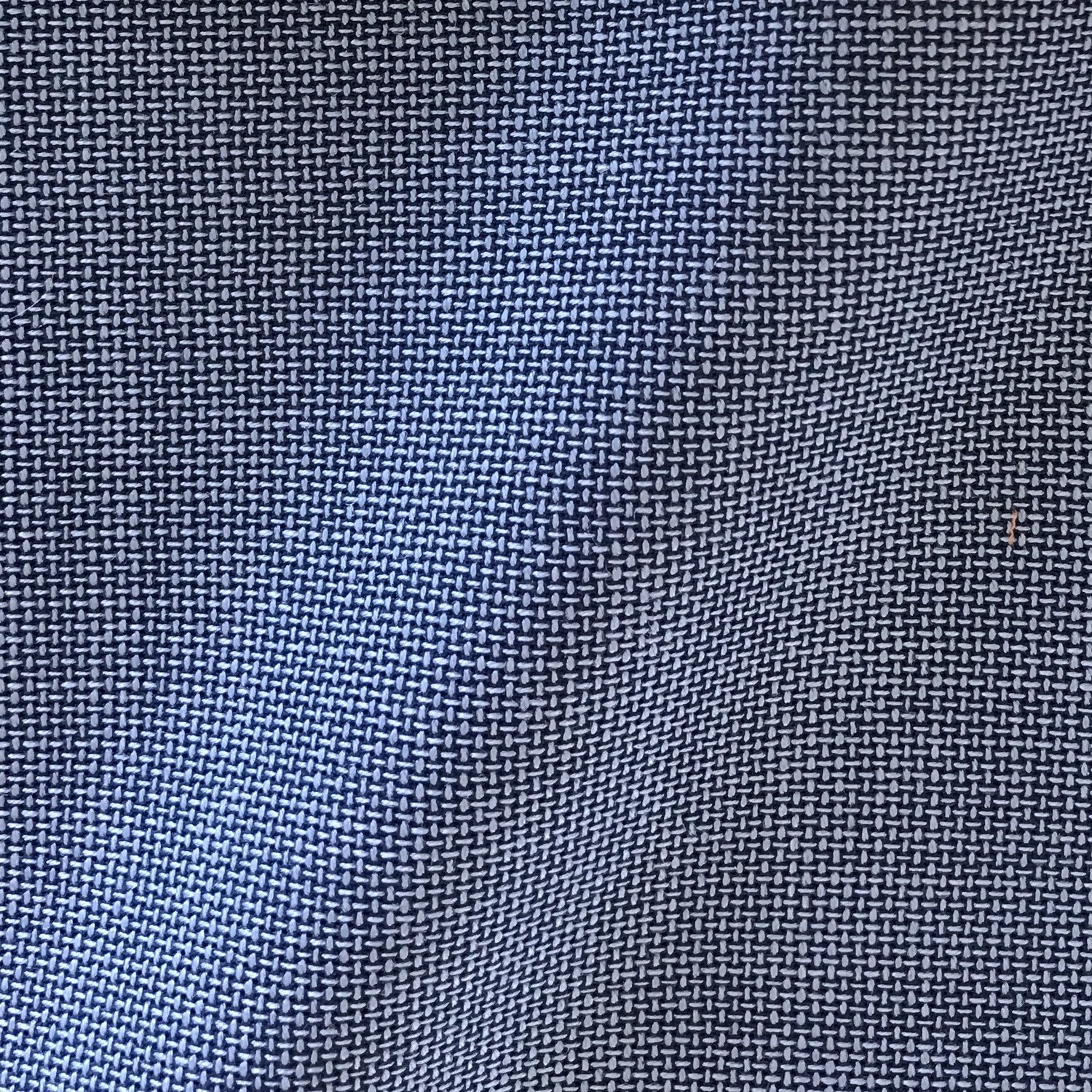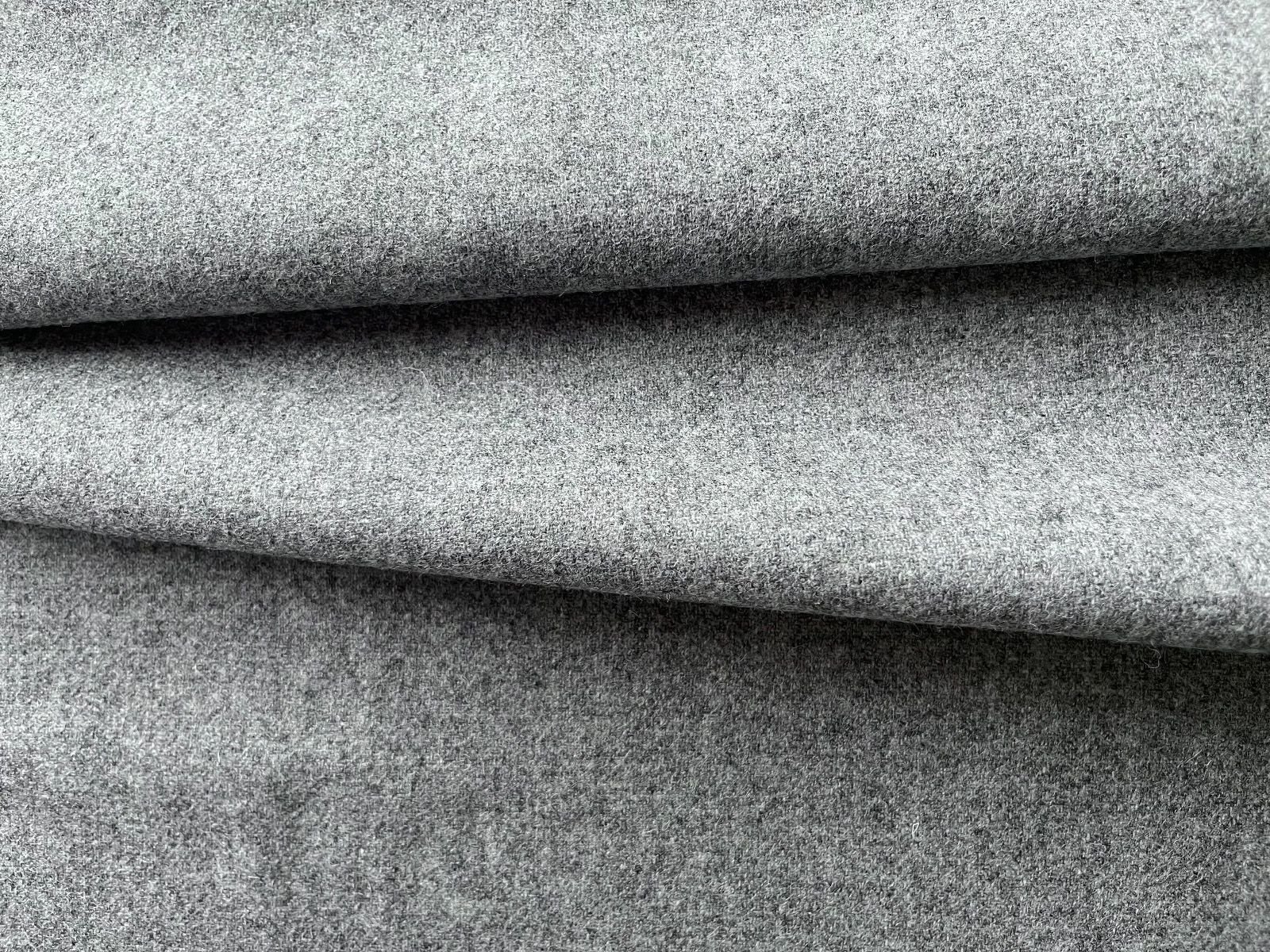Why are Suits Made of Wool?
A suit is an essential clothing item for every professional, but have you ever wondered why most suits are made of wool? Wool has been a widely utilized material in countless garments over the years due to its myriad of beneficial qualities ranging from moisture-wicking capabilities to wrinkle resistance, heat insulation, and more. In short, wool is simply one of the best materials out there when it comes to crafting high-quality suits. Read on to learn more about why this timeless fabric is so popular among those looking for a long-lasting and stylish piece of formal wear.
c/o Paradise Fibers
Why is Wool Best for Suits?
Wool is an incredibly versatile and practical material for suiting due to its numerous natural qualities that translate well to what we want out of a garment. Just think of the following examples not as qualities of a suit, but necessities of a sheep out in the pasture.
Wool is renowned for its ability to retain heat and repel moisture, making it particularly useful during colder or wetter weather. At the same time, tropical wools and wool fabrics with an open weave are breathable and comfortable during the hotter months, whereas polyester fabrics would insulate your body heat and make wearing a suit in the summer almost unbearable. Furthermore, wool fabrics also have exceptional wrinkle resistance; meaning garments made from this material won't need frequent ironing, maybe just a quick steam. Additionally, luxurious yet tightly-knit weaves of wool allow them to be extremely breathable while also protecting wearers from wind – simultaneously keeping in warmth without causing any stuffiness or itchiness upon contact with skin. Lastly, although somewhat more expensive than synthetic materials such as polyester – wool ultimately tends to last far longer which significantly justifies the higher cost over time.
This photo shows raw wool and washed wool ready to be dyed, spun into thread, then into fabric. The natural characteristics of sheep’s wool serve as a fantastic base for the fabric of a garment meant to last a lifetime.
How Does Raw Wool Become a Suit?
The step after it’s shorn from the sheep, it is cleaned, spun into yarn, then dyed to its desired color. In addition to its naturally resilient qualities, wool is also an excellent material for dyeing due to the porous texture of its fibers. Again, think of the wool as the animal product it is. It’s like human hair, but finer, softer, and more porous. This structure allows it to easily absorb dyes with precision and clarity – resulting in vibrant colors which adhere better than almost any other fabric on the market - and certainly better than polyester. We’ve all seen a cheap suit lose its initial color and vibrance after a few visits to the dry cleaners. To start the wool dyeing process, wool must first be washed gently in lukewarm water before being saturated by liquid dye through multiple stages. During each dip, different parts of the cloth can be subjected to a wider range of hues; creating deep gradients or tonal blends that wouldn't have been achievable with basic synthetic fabrics like polyester. Furthermore, this step-by-step approach not only yields more vivid colors but also improved quality control since unevenness and spots can quickly be corrected if necessary. On a personal note, the imperfections of hand-made garments, even going all the way back to the processing of their raw materials, are something to be sought after, as each little color variation and stitch placement is unique and shows the care and humanity that went into the final garment.
c/o Jessie At Home
The Varieties of Wool Fabrics
Not all wool fabrics are created equal. Each kind of wool fabric has its own unique character and can affect the look and feel of your suit. Below, we'll explore the various types of wool fabrics used for suits, their characteristics, and when to wear them.
Hopsack
Hopsack is a lightweight wool fabric that's perfect for spring and summer suits. It's a plain weave fabric made from a loose arrangement of fibers that create a breathable, open texture. Hopsack has a slightly rough texture on the surface, making it wrinkle-resistant and durable. The open weave also makes it a breathable option, ideal for warm weather.
Tweed
Tweed is a heavyweight wool fabric that's often associated with outdoor clothing and rural lifestyles. It's a twill weave fabric that's made from a blend of wool and other fibers, giving it a rough, textured appearance. Tweed is most often used for jackets and overcoats, but can also be used for suits, especially in cooler months.
Twill
Twill is a wool fabric that's recognized by its diagonal weave pattern. It's a versatile fabric that can be used for a range of suit styles and occasions. Twill wool fabrics have a luxurious finish, but are also tough and durable, making them a great option for everyday suits.
Gabardine
Gabardine is a durable and water-resistant wool fabric that's perfect for winter suits. It's a tightly woven fabric, made from a single yarn. This characteristic gives it a smooth and somewhat lustrous finish, with a prominent diagonal weave. Gabardine wool is a great option for suits that need to stand up to the elements while still looking sharp.
Worsted Wool
Worsted wool is the most commonly used wool fabric for suits. It's a fine, high-quality fabric that's long-lasting and crease-resistant. Worsted wool is made from wool fibers that have been combed and tightly spun, creating a smooth, almost silky finish. It's a versatile fabric that can be used for a range of suit styles and occasions.
Flannel
Flannel is a warm, soft wool fabric that's perfect for winter suits. It's a napped wool fabric, meaning that a fine layer of fibers stands up on the surface of the fabric creating a soft, fuzzy texture. Flannel wool is often used for suits worn in cold climates, and its thicker, heavier feel makes it a popular choice for winter suits.









